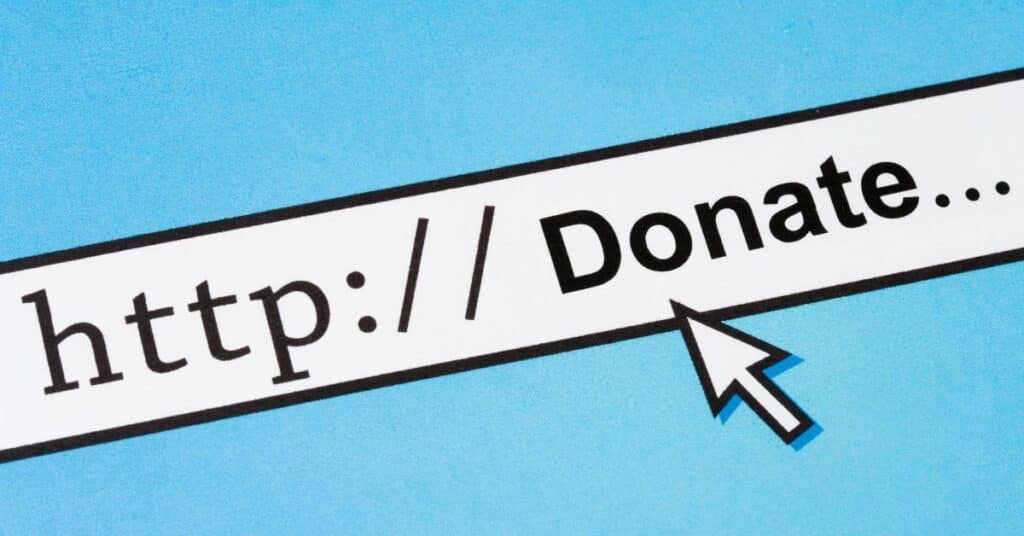Imagine a situation where your nonprofit could count on a steady stream of donations month after month. Imagine you could do so with no paperwork, no administrative hassle, and no trips to the bank to make deposits. Donations come in like clockwork! This is what a recurring donations program is all about.
What is a Recurring Donation?
In contrast to a one-time donation, a recurring donation is an automatically scheduled and repeated series of donations. Recurring donations are usually made through a credit card or other electronic form of payment. These payments are typically made monthly and deposited into your organization’s bank account. Thank-you notes and tax receipts are automatically sent to the donor after each payment.

Why Use Recurring Donation Options?
Recurring donations offer more to your organization than just convenience. The other big benefit is that monthly giving increases the amount people give. One study found that the average recurring donor gave 42 percent more than those who made one-time gifts.
Recurring donations also make it easier for some donors to give more. Let’s look at a donor named Shelly as an example. Last year, Shelly gave $100 to a nonprofit during their year-end appeal. That was a big bite out of her monthly budget, but it was December, so she made sacrifices to give the gift. At the beginning of the new year, the nonprofit asked Shelly for a $10 monthly donation. They thanked her for her year-end gift and explained how a small monthly contribution could really help the organization make a consistent impact throughout the coming year. For the cost of lunch and a cup of coffee, Shelly was glad to be able to support a cause she believes in. That’s a $120 commitment for the coming year, $20 more than what Shelly gave last year.
Donors Give More, and In Multiple Ways
For the current December year-end appeal, in addition to her $10 per month donation, Shelly gives an additional $25. That’s less than what she gave in last year’s year-end campaign, but her total donations for the year are now $145 – a 45% increase in year-over year giving. Shelly gave more because the nonprofit made it easier for her to do so. The ways in which she gave accommodated her monthly budget, allowing her to give more over the year.
Getting the Increases in Giving
Many nonprofits aren’t yet reaping the level of results that we see in Shelly’s example. This is often because the recurring donation program means little more than adding a small opt-in box that asks the donor to make a recurring donation. The box appears as a last step in the online donation process. We call this a “stealth recurring donation option” because donors need to do detective work to discover recurring gifts as an option. The extra leg work usually means very few donors will opt-in to give on a monthly basis.
3-Step Process to Success
To get success with recurring donations, you need to make sure that your current and prospective donors know about your recurring donations option. This takes much more than adding an opt-in button. Great results come from developing an appeal program much like the programs you create for an annual fundraiser or a capital campaign. There’s a three-step process to building a recurring donation program:
- Define a persuasive reason why a recurring gift makes sense. You’ll do this by translating how monthly giving impacts the people served or programs run.
- Develop the campaign promoting recurring giving. A donor needs the option to upgrade to recurring giving at any time, but it’s during this campaign that you focus donors on the reasons for recurring giving.
- Define the process for retaining your recurring donors. Getting someone to sign up for recurring donations is the first hurdle. The key to success is making sure they stay in the recurring donations program.
In our Recurring Donations 101 video, you’ll learn more about this 3-step process to building your recurring donation program.



